Investing in alternative sources of animal feed could help boost affordability amidst soaring prices, Solange Uwituze, the Deputy Director-General in Charge of Animal Resources Research and Technology Transfer at the Rwanda Agriculture and Animal Resources Development Board (RAB), has said.
The investment is needed to find solutions to the increasing demand and cost of animal protein considering that, for instance, feed for layers now costs Rwf560 a kilogram, an increase of about 65 per cent, from Rwf340.

The animal feed accounts for about 70 per cent of the inputs required in poultry production.
The high feed cost increases the cost of production, which makes poultry products expensive.
An egg costs Rwf200 in some parts of Kigali, up from Rwf100 three years ago. Reasons for the animal feed price hike include the shortage and high price of maize and soybean on the local market.
Uwituze said that there are alternative sources of animal feed being considered which can provide an alternative and cheaper source of protein to replace soy meal or fish meal in the production of livestock feed.

Hydroponic wheat fodder
One of the alternative sources of animal feed that the government is considering, Uwituze told Doing Business, is hydroponic wheat fodder – young tender grass grown from cereal grain, mostly barley.
It replaces grains like a dairy meal, pig’s feeds, and poultry feed concentrates.
Globally, hydroponic fodder is considered to be the best livestock feed, according to experts.
The kind of feed, she said, is much suitable for weaned piglets.
Sweet potato vines
Sweet potato vines are among alternative sources of anmal feeds which should be scaled up, Uwituze said.
Sweet potato vines are high-quality feed rich in proteins, carbohydrates and vitamins and are highly digestible by the animals.
“The aim was to boost pig productivity and improve smallholder pig profitability in Rwanda by increasing the use of low-cost, locally accessible sweet potato vine silage. The study found out that it had high crude protein,” she noted.
Use of Azolla in animal feeding
The use of Azolla in animal feeding is recommended.
Azolla is one of seven species of aquatic plants.
“Considering the limited availability of proteins, their cost and the competition between humans and animals for available proteins, it is urgent to source other alternative proteins for animal feeding using less or non-used sources for humans and at an affordable cost.
“Azolla was identified as one promising source of proteins for animals with its nutritive values,” she said.
Research on the use of Azolla in poultry feeding was conducted in three phases successively. It involved collecting Azolla from the natural environment, adapting Azolla in a better controlled environment as well as adapting Azolla in ponds for better production.
The first phase consisted of locating Azolla in its natural environment in marshland and rivers such as River Umuvumba, in Nyagatare district.
“Later, encouraged by the results of this phase, three more ponds were established in order to provide sufficient quantities for a poultry feeding trial. Thereafter, we were able to harvest and dry Azolla for animal feeding,” she said.
Silkworm as source of protein in chicken feeds
Silkworm is a domesticated insect primarily reared to produce high value natural silk. It can also be used for human diets and animal feeds.
Uwituze said that use of Silkworm as source of protein in chicken feeds is needed in Rwanda as poultry production is still very low due to numerous factors including feed availability with good quality. Chicken require balanced feeds which are rich in proteins, energy content, fatty acids, minerals, and vitamins which silkworm contains.
“There is a high price of commercial poultry feeds produced in Rwanda. Therefore, there is a need to find alternative solutions for enhancing the Rwandan poultry industry and alleviate food malnutrition,” she said citing silkworm as one of the solutions.
She noted that there is very little information among consumers regarding the fact that silkworm pupae are interesting by-products of silk production obtained after extraction procedures of silk filament.
“Fresh silkworm pupae are produced in large quantities and are considered a major by-product of silk production. Unfortunately, large amounts of pupae are discarded during silk processing as waste products, and consequently cause environmental pollution.”
“However, these pupae have the potential to improve growth performance and meat quality in poultry due to their high protein content, lipids, phenolic compounds and other nutrients,” she said.
According to preliminary results, so far, silkworms were raised and pupae extracted from the cocoons.
“They were ground to be transformed into feed mash easily conserved and mixable to other ingredients.”
Black soldier flies maggots for broiler chickens
Black soldier flies’ maggots are also used to produce affordable protein-rich animal feed.
According to RAB, the black soldier flies have 70 percent proteins needed in the feed for chickens, pigs and fish. A female can lay around 500 eggs – which develop into larvae or maggots. These larvae eat organic waste and convert it into protein for animal consumption.
The larvae are dried using a drying machine at 55 degrees for between five and seven minutes. They are ground into flour that can be safely kept for long, which is later mixed with other needed ingredients to make nutritious feed for chicken, fish and pigs.
Cassava peels
Animal feeds from cassava peels can also replace those produced from maize and soybean.
Cassava peels are usually thrown away as waste. Only one entrepreneur has launched the project to produce animal feeds from cassava peels in Kamonyi district.
“We have a machine that turns peels into livestock feed for poultry, cows, pigs, goats and others,” Alice Nyirasagamba, the founder of Akanoze Nyamiyaga Ltd, a small cassava processing firm, said.
Animal feed concentrates
Pieter De Neve, Director of Nutrition at Intraco Ltd, a company which specializes in manufacturing and marketing of animal feed concentrates, premixes, protein meals and additives, said that animal feed concentrates are needed on the local market at an affordable price.
The Belgium-based manufacturer has debuted on the Rwandan market, supplying animal feed concentrates for poultry, ruminants and pigs as well as raw materials for animal feed production. Concentrates refer to animal feeds that are rich in energy and protein.
Feed concentrates provide nutrients that forage alone cannot provide.
“We are selling concentrates on the Rwanda market because we prefer what people do not locally have,” he said.
He said that, “in Africa there is maize, soybean but the availability of the ingredients is not big.”
“Therefore we produce these concentrates which means that all ingredients that are not available in Rwanda are put in our products-concentrates,” he said.
The factory produces more than 100 tonnes of concentrates.
There is a need for both quality and affordability of animal feeds in Rwanda, he said.
Bernard Twagirumukiza, the technical manager at Agrotech ltd, said that the government should put more effort into technologies and innovations to find other raw materials for animal feed apart from soybeans and maize.
“Soybeans and maize are needed by both humans and livestock. That is why animal feed from them is expensive. It is the right time to support investors in making feeds from cassava peels, sweet potatoes, black soldier flies, among others, to be able to get different sources,” he said.
He added that besides affordability, there is still the issue of quality.
“When there is quality feed, production increases,” he noted.
Source:https://www.newtimes.co.rw/

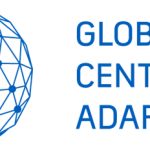
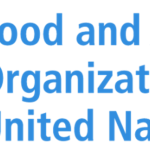
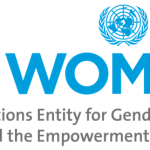
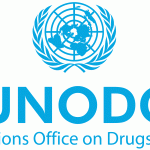
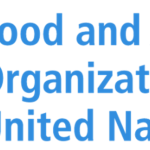
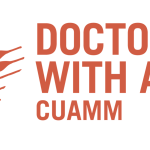



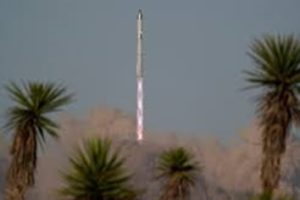
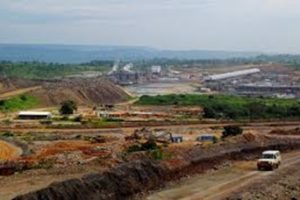








Add Comment